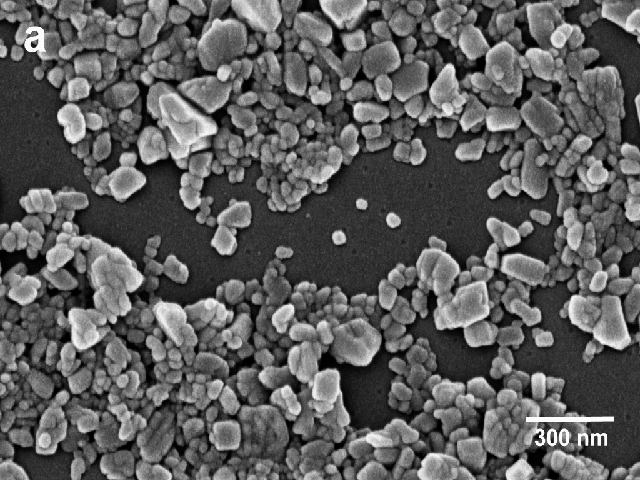Experimental Design Development and Characterization of Rosuvastatin Loaded Nanosuspension for Solubility Enhancement
DOI:
https://doi.org/10.5530/ctbp.2023.1.4Keywords:
Rosuvastatin, Nanosuspension, Solubility, BioavailabilityAbstract
The purpose of this study was to devel-op rosuvastatin nanosuspension with enhanced solubility and bioavailability; it was prepared by precipitation ultrasonication method. To ensure the quality of the rosuvastatin nanosuspensions, the selected formulation (F10) with particle size 200nm, entrapment efficiency 89.6% and in vi-tro drug release 83.5% at 60 min was subjected to 22 factorial design. The optimum composition obtained using a 2-factor, 2-level Factorial de-sign was as follows: polyvinyl alcohol (90 mg), sonication time of 40 min. The constant regres-sion values for particle size was 180nm, zeta potential -24.5mV, in vitro drug release 88.3%, entrapment efficiency 91.5%. From the data it was observed that R2 formulation was the best formulation. Scanning Electron Microsco-py revealed that the particles were prismatic in shape. Stability studies performed for a period of 3 months indicated that there were no signifi-cant changes in the in vitro drug release pattern and entrapment efficiency.



